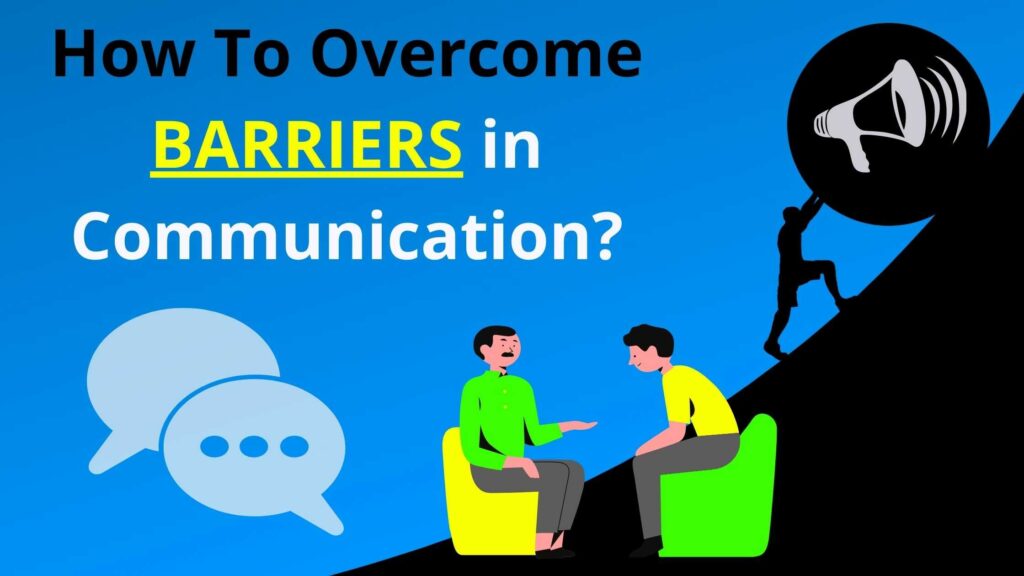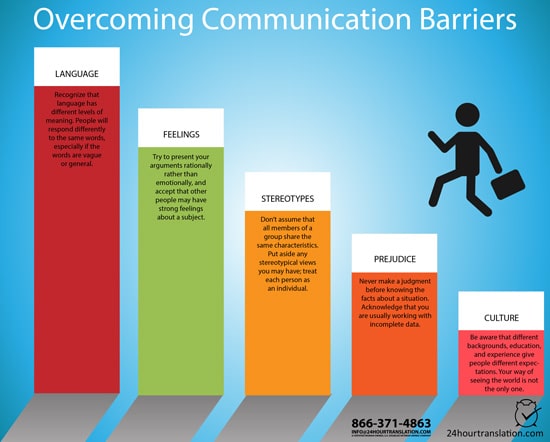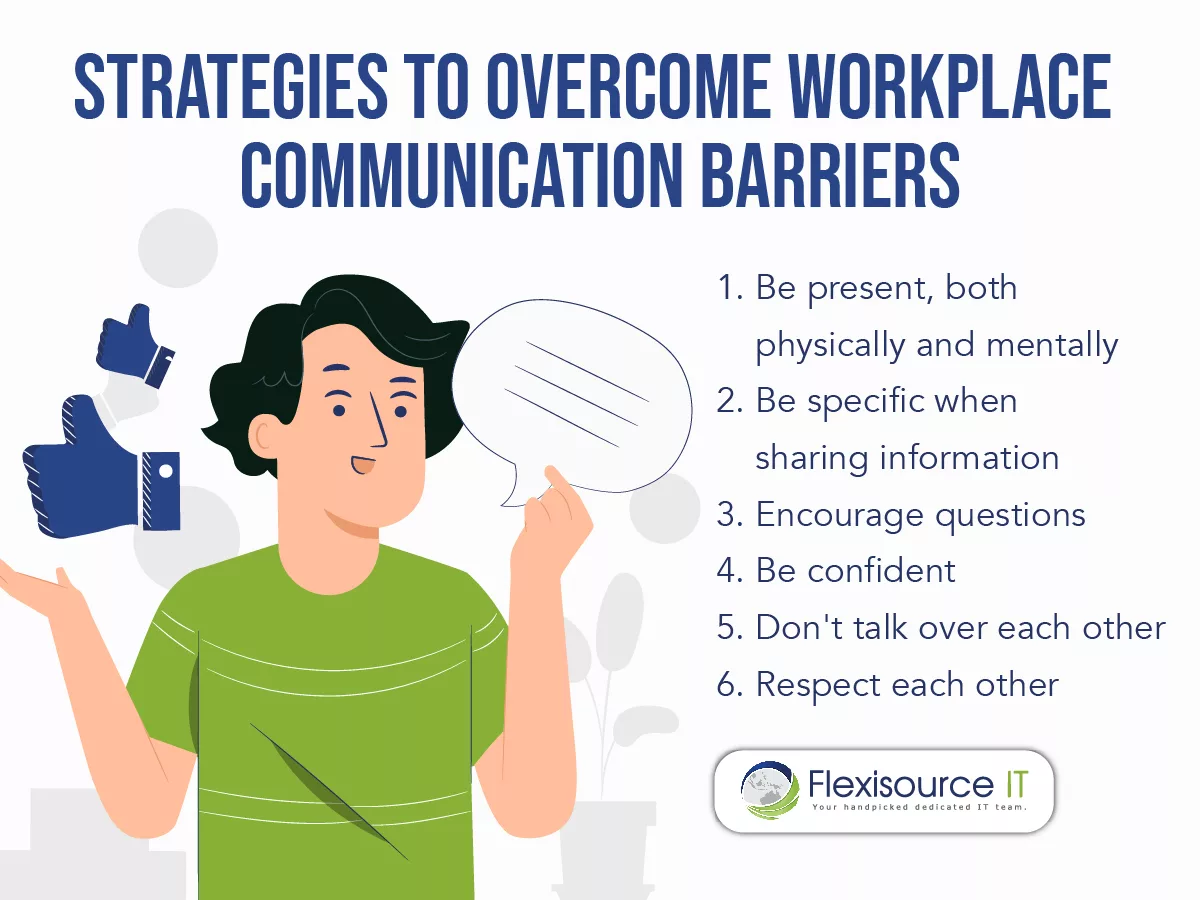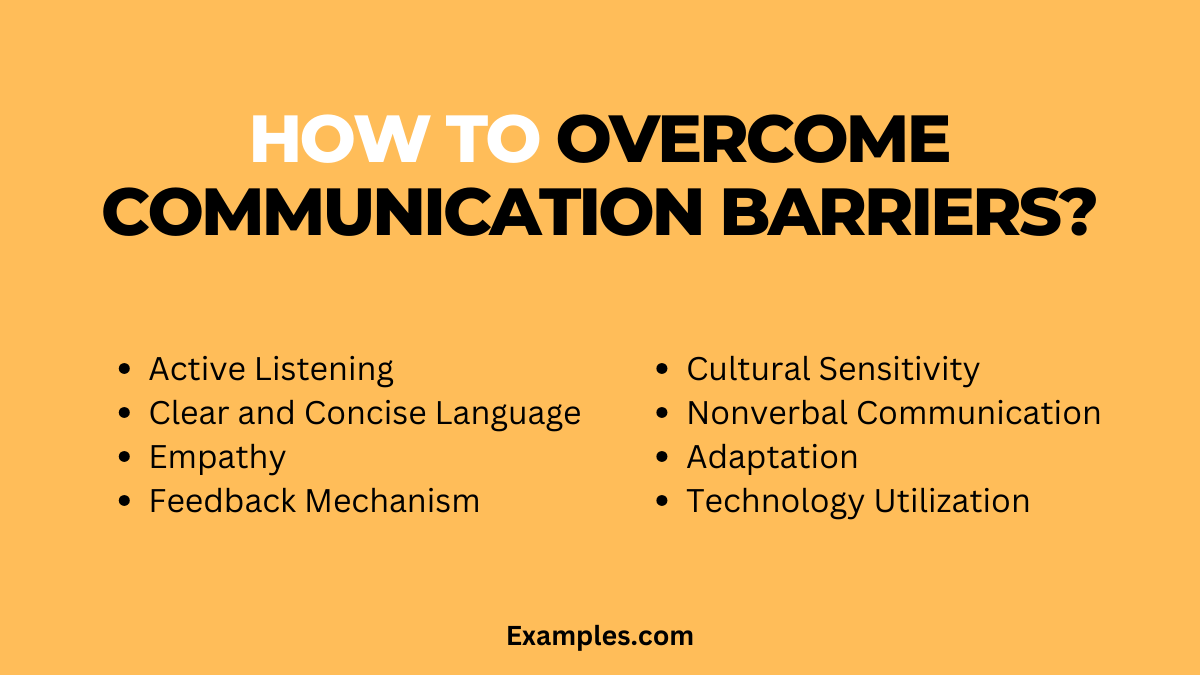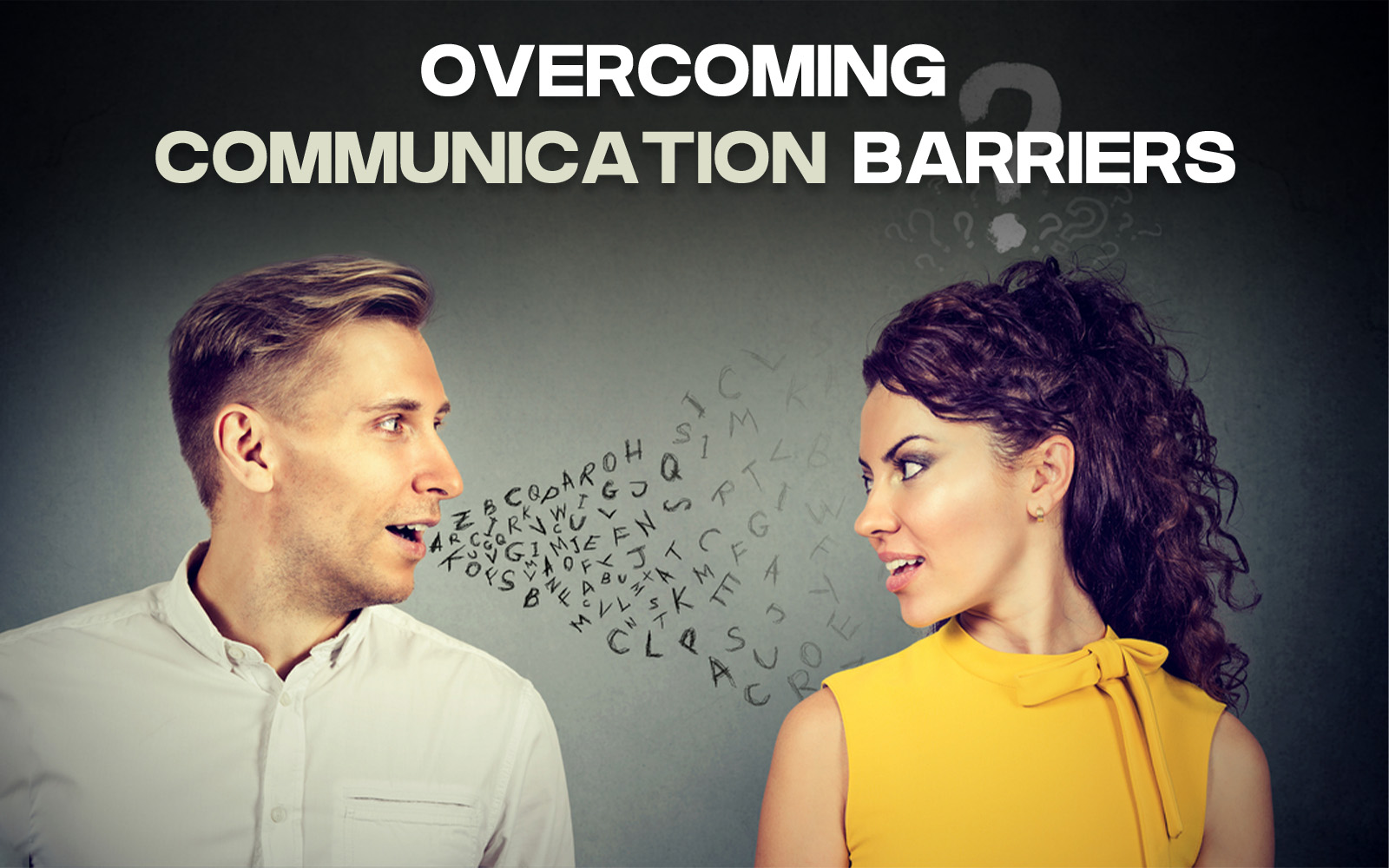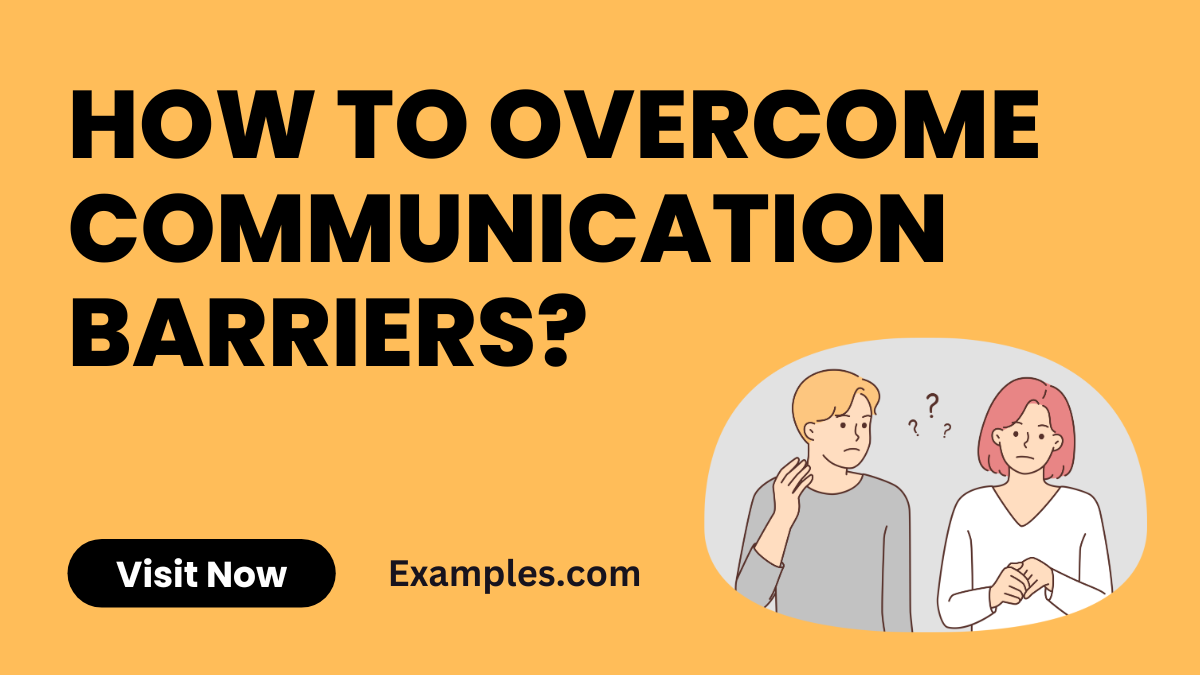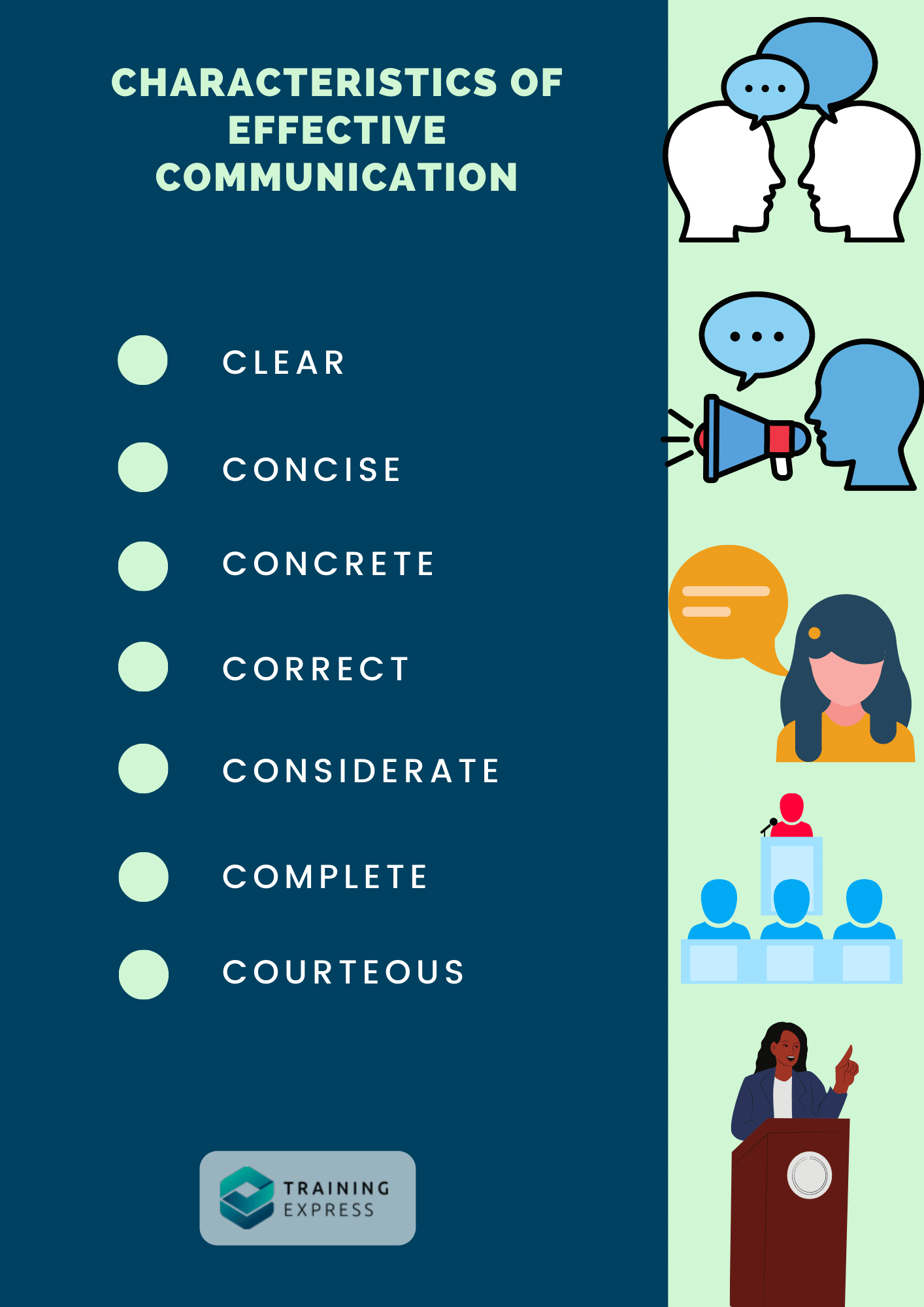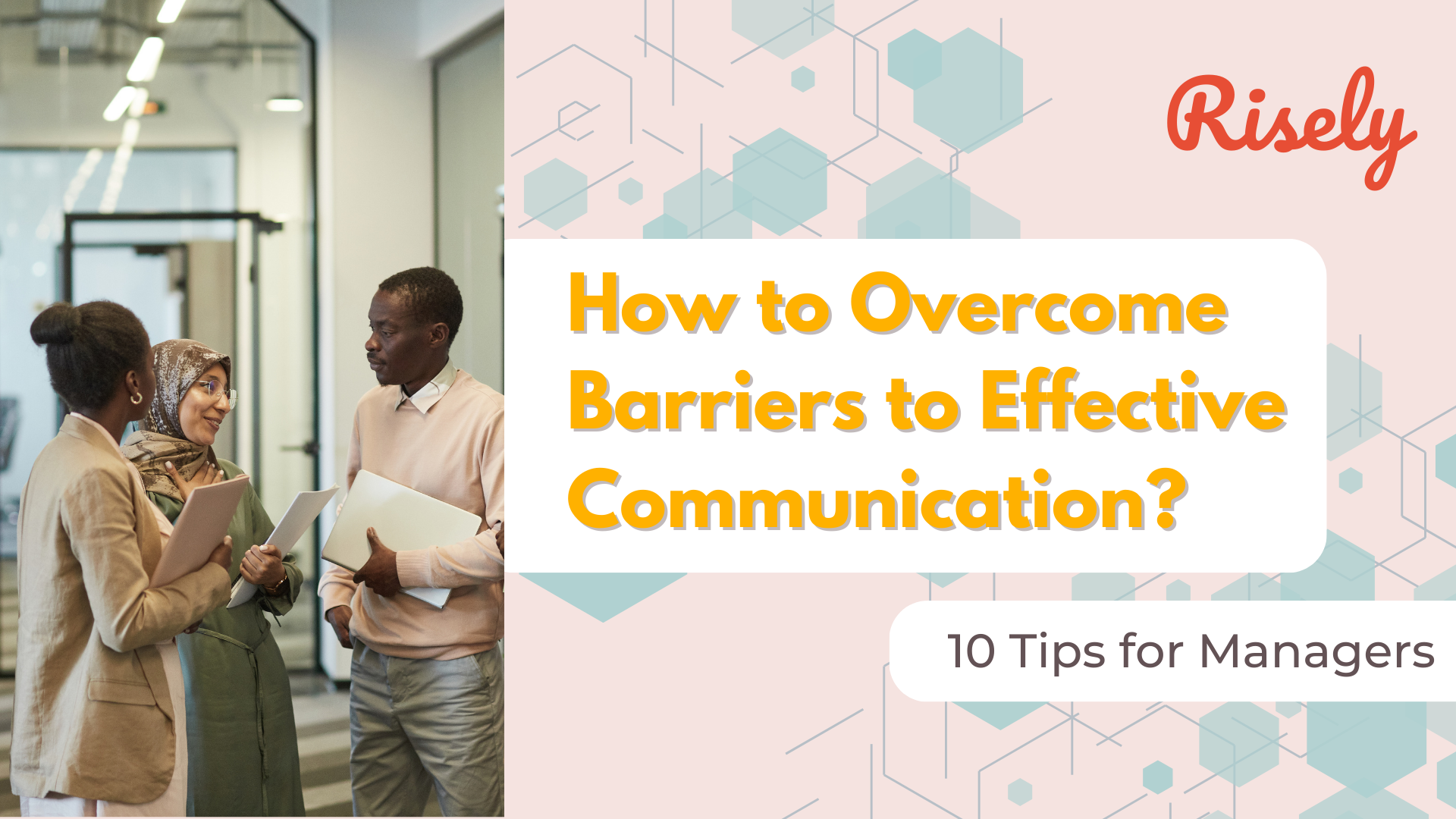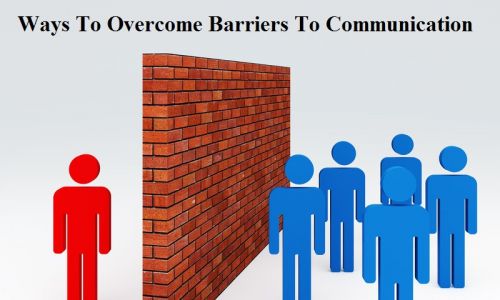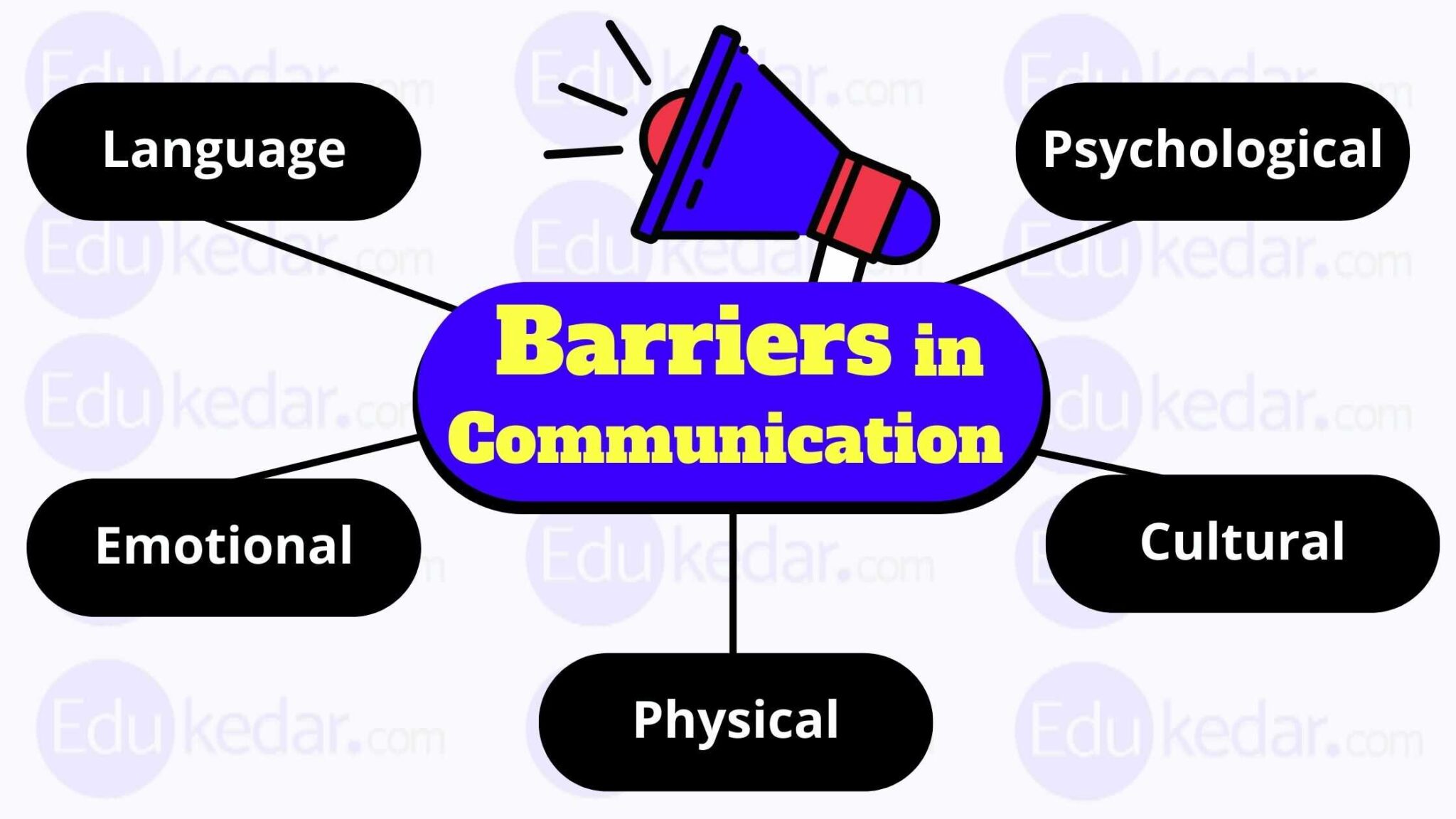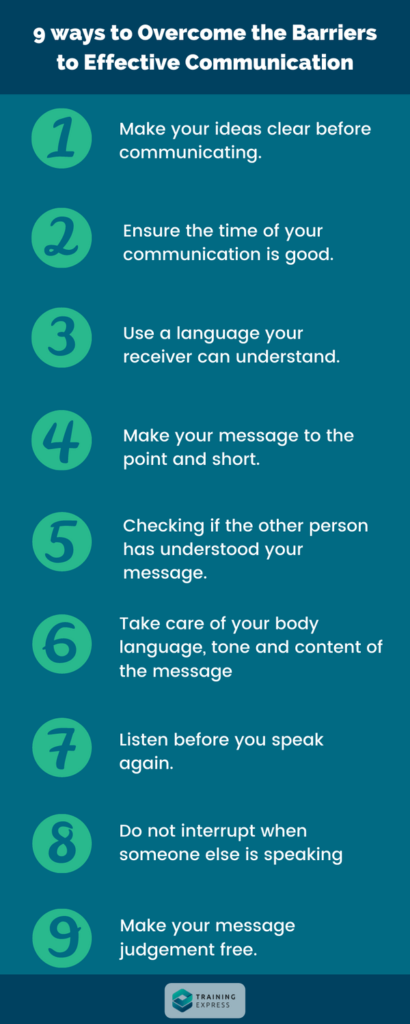Overcome The Barriers Of Communication
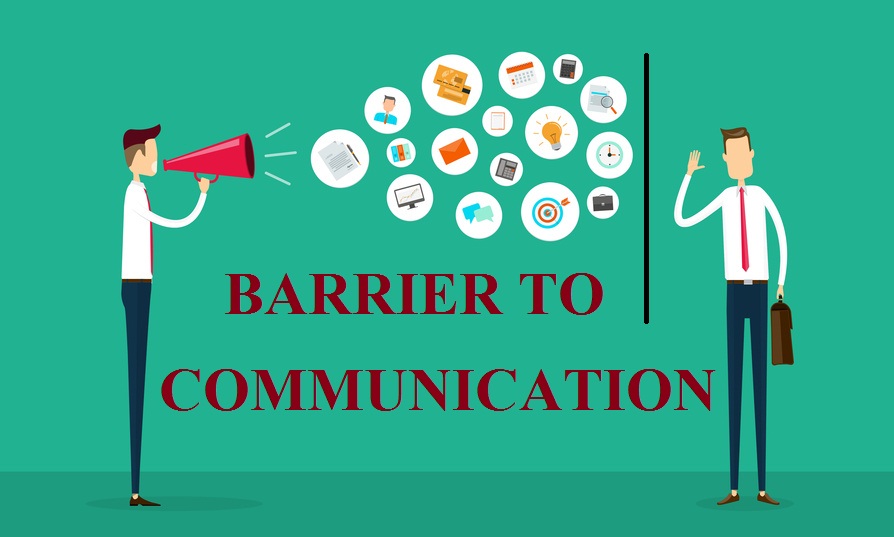
The late afternoon sun dripped gold across the bustling marketplace, a symphony of languages swirling in the air. Yet, amidst the vibrant tapestry of sights and sounds, a young woman stood frozen, her outstretched hand holding a beautifully crafted scarf, her words lost in translation. A furrow appeared on the brow of the potential buyer, a simple transaction stymied not by lack of interest, but by an invisible wall: the barrier of communication.
Breaking down these barriers is crucial for building stronger communities, fostering inclusive workplaces, and achieving global understanding. This article explores the multifaceted challenges to effective communication and offers practical strategies for overcoming them, drawing on expert insights and real-world examples.
Understanding the Walls
Communication barriers are not merely about differing languages. They encompass a wide range of obstacles that can impede understanding, from cultural nuances and jargon to physical disabilities and emotional states.
Cultural differences, for example, often dictate communication styles. Directness, valued in some cultures, can be perceived as rude in others. Nonverbal cues, such as eye contact and body language, also vary significantly across cultures.
Technical jargon and overly complex language can alienate audiences, creating confusion and disengagement. This is particularly problematic in fields like medicine and technology, where clarity is paramount. According to a study by the National Institutes of Health (NIH), poor communication in healthcare settings contributes to medical errors and patient dissatisfaction.
Addressing Physical and Cognitive Barriers
Physical and cognitive impairments present unique challenges. Visual or auditory impairments, speech impediments, and cognitive disabilities all require tailored communication strategies.
Assistive technologies, such as screen readers and hearing aids, play a vital role. Employing simple language, visual aids, and patience are also essential for inclusive communication.
Building Bridges: Strategies for Effective Communication
Overcoming communication barriers requires a proactive and empathetic approach. Active listening, clear messaging, and cultural sensitivity are key components.
Active listening involves fully concentrating on the speaker, understanding their message, and responding thoughtfully. It goes beyond simply hearing the words; it requires paying attention to nonverbal cues and asking clarifying questions.
Clarity in messaging is equally important. Avoiding jargon, using simple language, and structuring information logically can enhance understanding. Visual aids, such as charts and diagrams, can also be helpful, particularly for visual learners.
Cultivating Cultural Sensitivity
Developing cultural sensitivity is an ongoing process. It involves learning about different cultures, respecting diverse perspectives, and adapting communication styles accordingly.
Organizations can foster cultural sensitivity through training programs and diversity initiatives. Individuals can educate themselves through reading, travel, and engaging with people from different backgrounds.
"Intercultural communication is not just about exchanging information; it's about building relationships and fostering mutual understanding," notes Dr. Jane Doe, a leading expert in intercultural communication.
The Ripple Effect of Effective Communication
The benefits of overcoming communication barriers extend far beyond individual interactions. Effective communication strengthens relationships, fosters collaboration, and promotes understanding across diverse communities.
In the workplace, clear communication leads to increased productivity, reduced errors, and improved employee morale. In healthcare, it enhances patient safety and satisfaction. On a global scale, it fosters diplomacy and cooperation.
Consider the story of a small, multicultural team that struggled with frequent misunderstandings. Through targeted communication training and a conscious effort to embrace diverse perspectives, they transformed into a highly effective and collaborative unit, exceeding their project goals.
A Continuous Journey
Overcoming the barriers of communication is not a one-time fix, but rather a continuous journey. It requires ongoing effort, self-reflection, and a willingness to learn and adapt.
By embracing empathy, practicing active listening, and cultivating cultural sensitivity, we can break down the walls that divide us and build bridges of understanding, creating a world where everyone's voice can be heard and valued. The marketplace, once a scene of frustration, can become a vibrant hub of connection.
